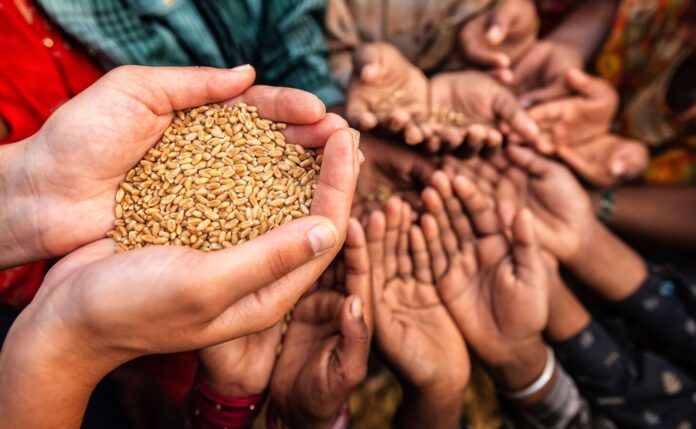These are important parameters and merit close attention to understand the economy’s growth path. But there is another factor that will play a vital role in the budget-making process and decide the trajectory of all these critical macro-economic parameters.
It is called the political economy. There are many definitions, but, in simple terms, political economy is how politics affects the economy and the economy affects politics. The impact of the political economy is usually stronger during periods of an economic slowdown.
This is because citizens most affected by the downswing can be expected to use their electoral franchise as political leverage. Jeffrey Friedan, a professor of government at Harvard University, wrote in Finance and Development (an International Monetary Fund publication) in 2020 that, “Politicians need votes from the people who decide elections.
The decisive or pivotal voters vary with a country’s electoral institutions and social divisions.”
The Indian economy can be assumed to be going through a crunch currently. Advance estimates for 2024-25 GDP growth at 6.4% indicate an economic slowdown.
Even though these are only initial estimates—based on data available till December, extrapolated for the next three months, and subject to revisions—slow 5.4% growth in the second quarter has clearly depressed this year’s growth.
Two factors, acting in a closed loop, can be held responsible: rising unemployment leading to income stress, which shows up in stagnant consumption levels, and lack of private sector investment.
Interestingly, the growth recovery from the second quarter to a better second half in advance estimates is predicated on expectations of consumption somewhat stabilising by year-end, supported by a good kharif harvest and moderation in food prices.
But this is only a surface-level explanation; dig deeper and the political economy makes its profound presence felt. It is this element that is likely to shape the contours of the budget on 1 February.
Employment and income levels have been under strain for a while now, with the pandemic aggravating it. The government’s attempt to pump-prime the economy by front-loading capex failed to evoke a private sector response.
This bald fact, aided by some expression of discontent by the electorate, has forced the political class to resort to direct cash transfers to various categories of beneficiaries. This phenomenon is seen across both the Centre and states, regardless of the political parties in power.
The trend received fresh oxygen when aggressive transfer schemes seemed to provide a direct correlation with election results.
A November research note from Axis Bank observed that 14 states had budgeted ₹2 trillion for income transfers to adult women, with the targeted beneficiaries accounting for 34% women in these states.
In all, the schemes promise to transfer cash to 134 million women, reaching almost 20% of the country’s women population. Once there was the hint of a correspondence, even if tenuous, between money transfers and poll outcomes an increasing number of states rushed to launch similar schemes.
And this is just one category of income transfers among many. The Pradhan Mantri Kisan Samman Nidhi is expected to directly transfer over ₹60,000 crore to farmers this financial year. The Pradhan Mantri Garib Kalyan Anna Yojana has budgeted another ₹2 trillion for free provision of foodgrains to over 813 million households.
The central government’s direct benefit transfer umbrella currently houses 320 schemes across all ministries. The Axis Bank note also concludes, with data from the government’s household consumption expenditure survey for 2023-24, that cash transfers seem to have helped the poorest households improve their consumption levels significantly.
The handout-related consumption bump is also reflected in the 2024-25 advance estimates for gross value added. In the tertiary sector, the item ‘Public Administration, Defence & Other Services’ is estimated to grow 9.1% during the year.
While disaggregated data is not available, one component in the category is likely to have contributed to bulk of the growth: government expenditure, which includes cash transfers.
With the income shock unlikely to be sorted out any time soon, the government may be compelled to continue with cash transfers to keep the consumption machine humming. There is a counter-argument: the 2025-26 budget may be different because 2025 has elections only in Delhi and Bihar, compared with 2024, which had both a general election and eight state elections.
This is where the political economy weighs in. One, the ruling Bharatiya Janata Party (BJP) is in a coalition with the Janata Dal (United) in both Bihar and at the Centre; the JD(U)’s support to the BJP at the Centre is conditional, based on not only higher budgetary allocations, but also the grant of a special status; with state elections around the corner, the political economy will force a budgetary tilt towards Bihar, directly or indirectly.
Plus, there are a large number of municipal corporation elections scheduled during the year, including some prestigious ones.
To paraphrase a traditional Christmas carol, ‘tis the season for political economy.
#Budget #influencers #political #economy #stupid
